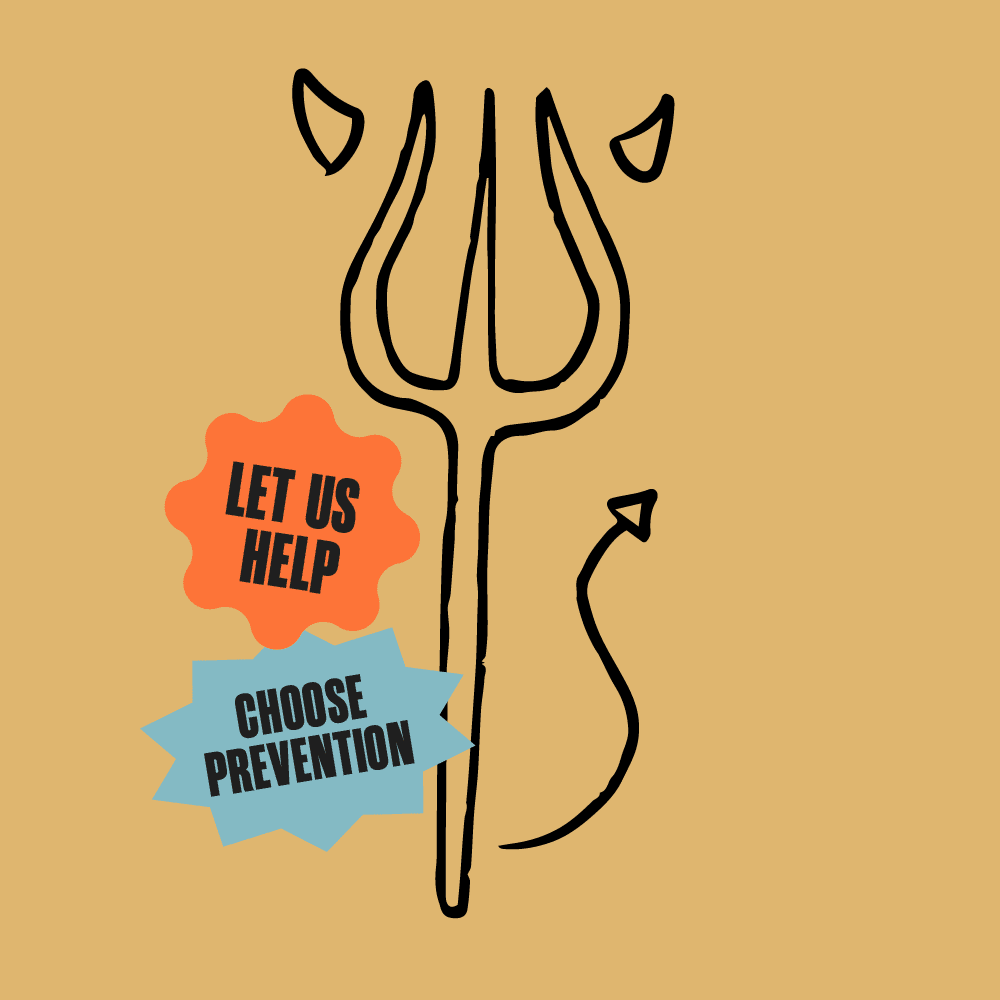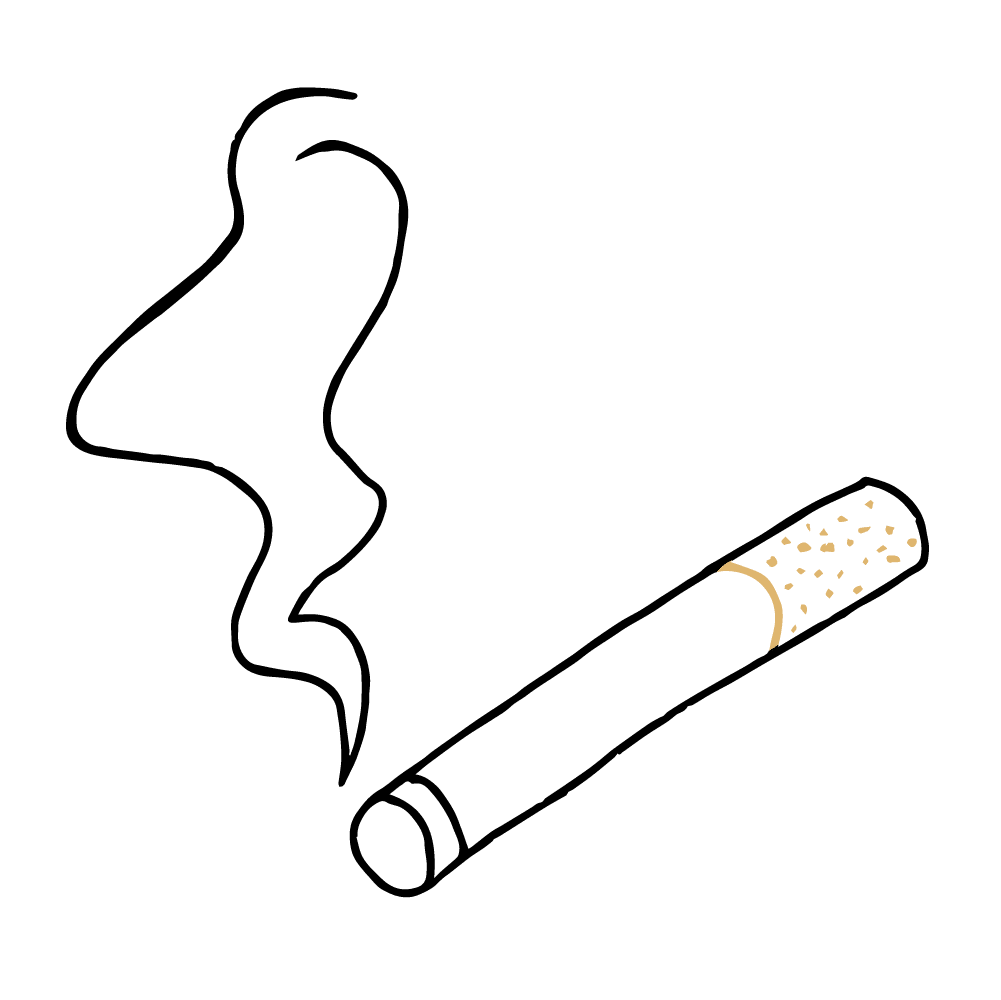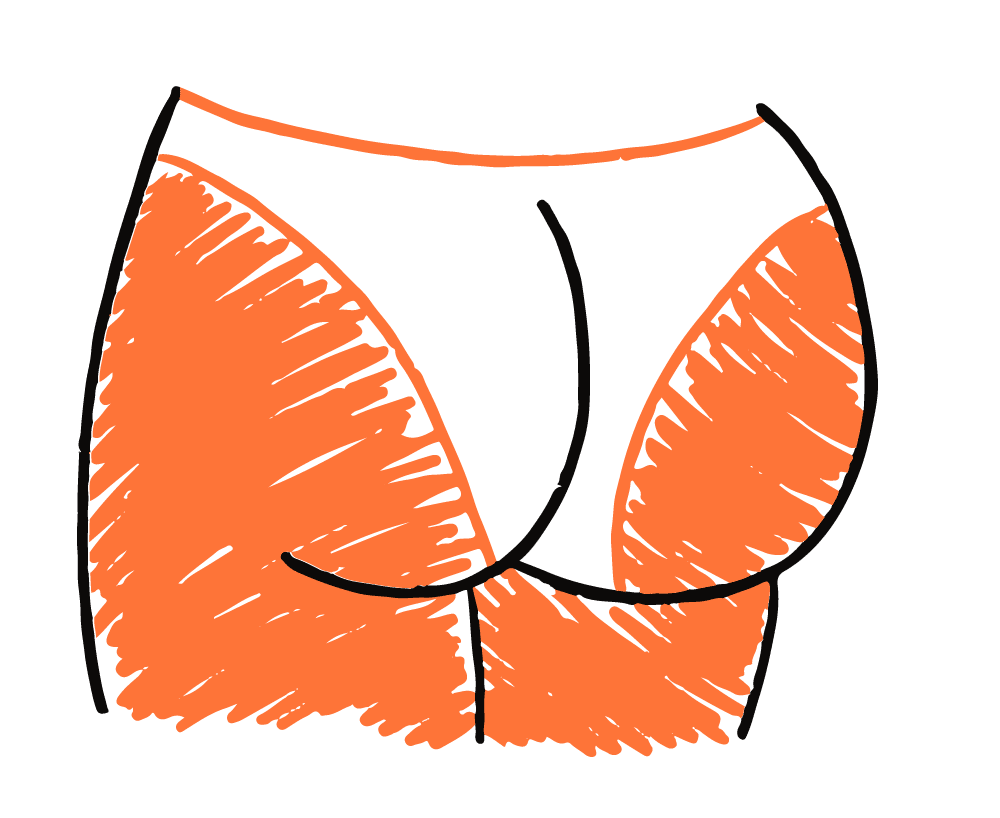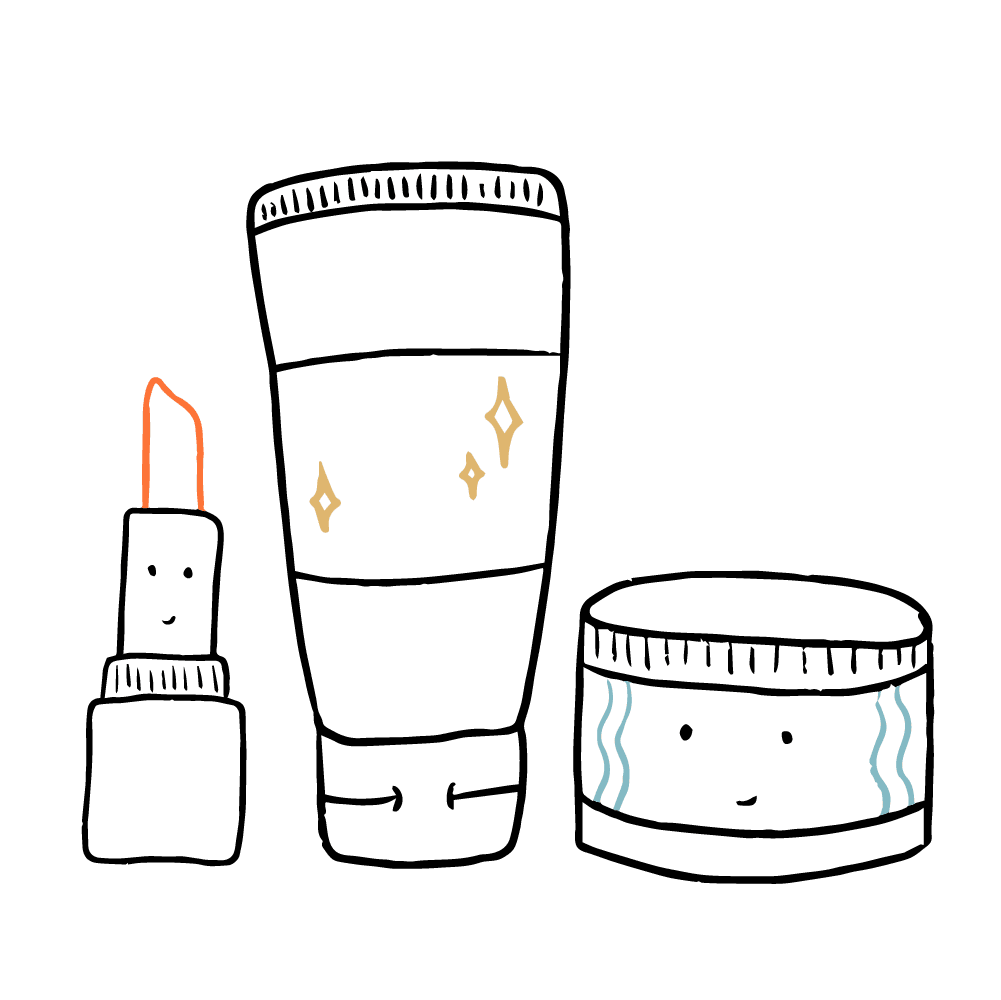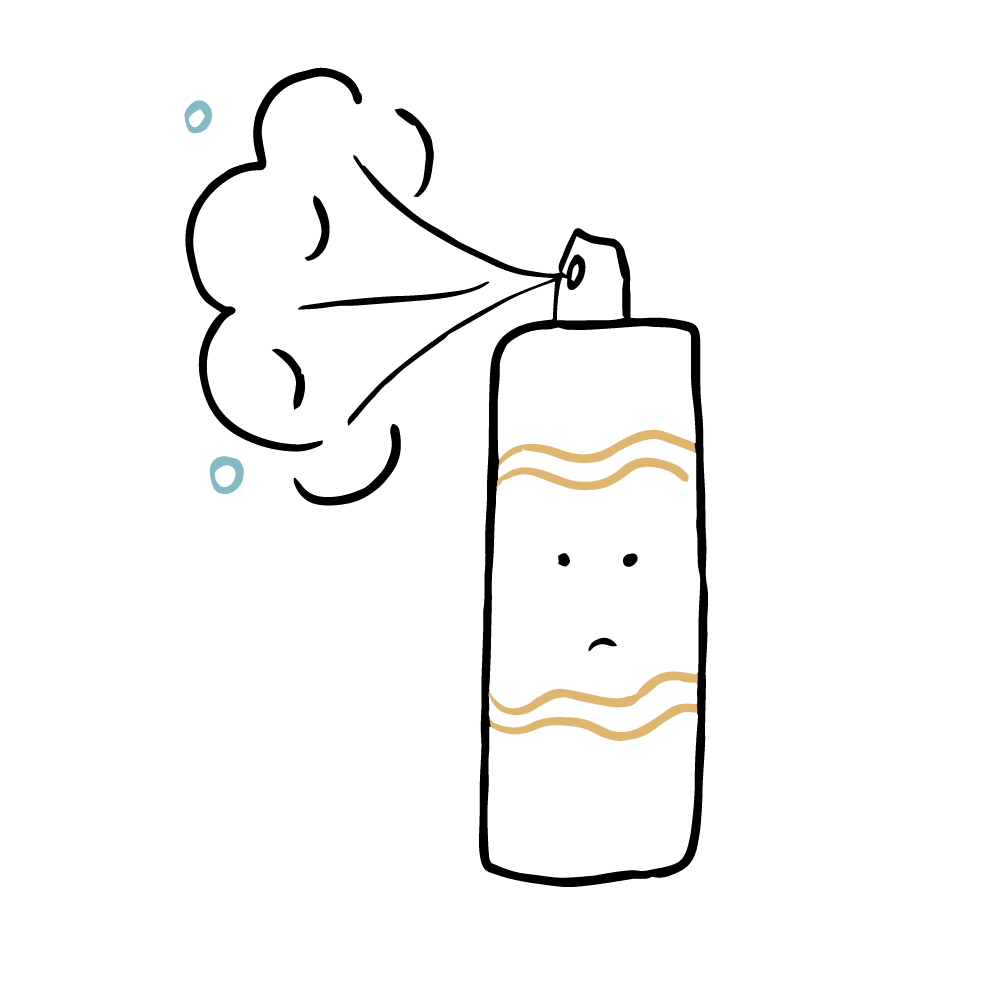A guide to
Lesser of Evils
It’s no secret that what you put in and on your body affects it. When it comes to cancer prevention, we want to make sure you know the red, yellow, and green flags so you can make the best decisions for you and your family. There’s a lot we can’t control when it comes to cancer, so let’s do everything we can to stack the cards in our favor.

